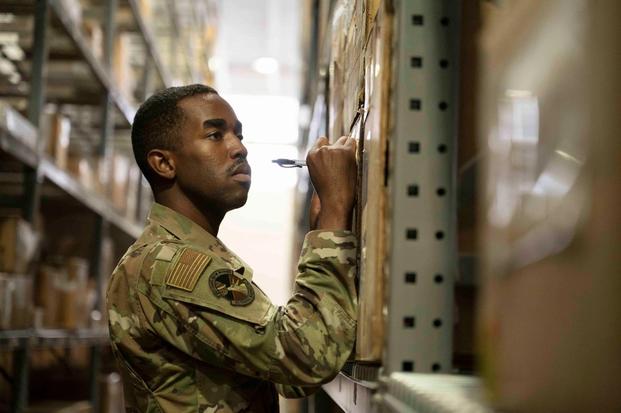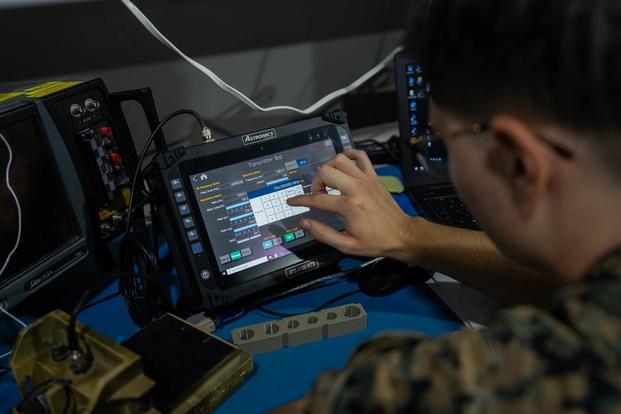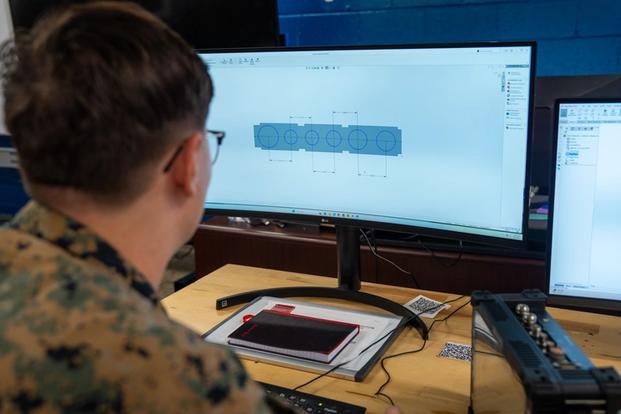The armed services are increasingly turning to additive manufacturing – commonly known as 3D printing – to produce parts on demand, reduce costs, and boost readiness. For example, the Southeast Regional Maintenance Center (SERMC) of the Navy reverse-engineered a six-blade rotor for a chilled-water pump aboard an Arleigh Burke-class destroyer, printed four prototypes in two weeks, and installed the final version with substantial cost savings. The prototype cost $17.63, the final part $131.21, while the conventional alternative would have cost around $316,544.16.
Similar efforts are underway at the Naval Undersea Warfare Center Division, Keyport, in Washington, where additive manufacturing systems produce components ranging from training aids to materials for submarines and unmanned underwater vehicles, enabling parts to be developed and installed rapidly.
Why the Shift is Gaining Momentum
Three main forces drive the change: First, traditional supply chains for spare parts are costly, slow, and vulnerable in contested or remote environments. Second, technology and materials for 3D printing have matured to the point where printed parts can meet or approach required performance standards. Third. The DoD is making investments in additive manufacturing. In 2024, the DoD earmarked approximately $797 million for additive manufacturing, reflecting a dramatic year-over-year increase. By printing parts on-site or near the point of need, the military reduces lead times, shrinks logistics burdens, and gains flexibility.

Institutional Implications and Supply Chain Resilience
The shift means military logistics is moving from a system that stores vast inventories of physical parts to one that relies on digital blueprints and on-demand production. The Defense Logistics Agency has taken the lead in coordinating this transition across the Department of Defense. It is developing shared technical standards and a unified data framework to allow additive-manufactured components to be certified, catalogued, and distributed across service branches. The agency’s efforts include building digital repositories for validated 3D-print designs, setting quality-assurance procedures, and ensuring that printed parts can move seamlessly through the defense supply chain. By digitalizing part data and enabling downloads of validated models, the services aim to print parts where they are needed rather than waiting for shipments. The strategic effect is greater resilience against supply-chain disruptions and reduced dependence on legacy manufacturing pipelines.
Challenges Ahead
Despite the promising gains, printing military-grade parts is not without hurdles. Qualification of printed materials, certification of printed parts, ensuring cybersecurity of digital files, and maintaining materials and printer infrastructure are all real issues. The Defense Advanced Research Projects Agency (DARPA) has backed programs like SURGE(Structures Uniquely Resolved to Guarantee Endurance) aimed at accelerating the qualification process for metal-printed parts.
If printed parts fail in the field or lack durability, the cost savings evaporate. Similarly, deploying 3D printing capability into remote or forward-deployed units requires investment in training, logistics, and maintenance of the printing assets themselves.

Manufacturing Meets Mission
The military’s adoption of additive manufacturing is no longer experimental; it is increasingly operational. The printed part aboard a Navy ship stands as evidence of the capability in action. With the DoD showing strong budgetary commitment and the services fielding printers in maintenance depots and in the field, additive manufacturing looks set to become a staple of defense logistics.
Toward On-Demand Readiness
In summary, 3D printing is transforming how the military approaches parts, repairs, and readiness. The cost and time savings are real, not theoretical. The services are building a new manufacturing model aligned with 21st-century operational demands. If material quality, certification, and logistics keep pace, additive manufacturing will shift from innovation to necessity. The future of readiness may well be printed on-site, layer by layer, at the point of need.
















